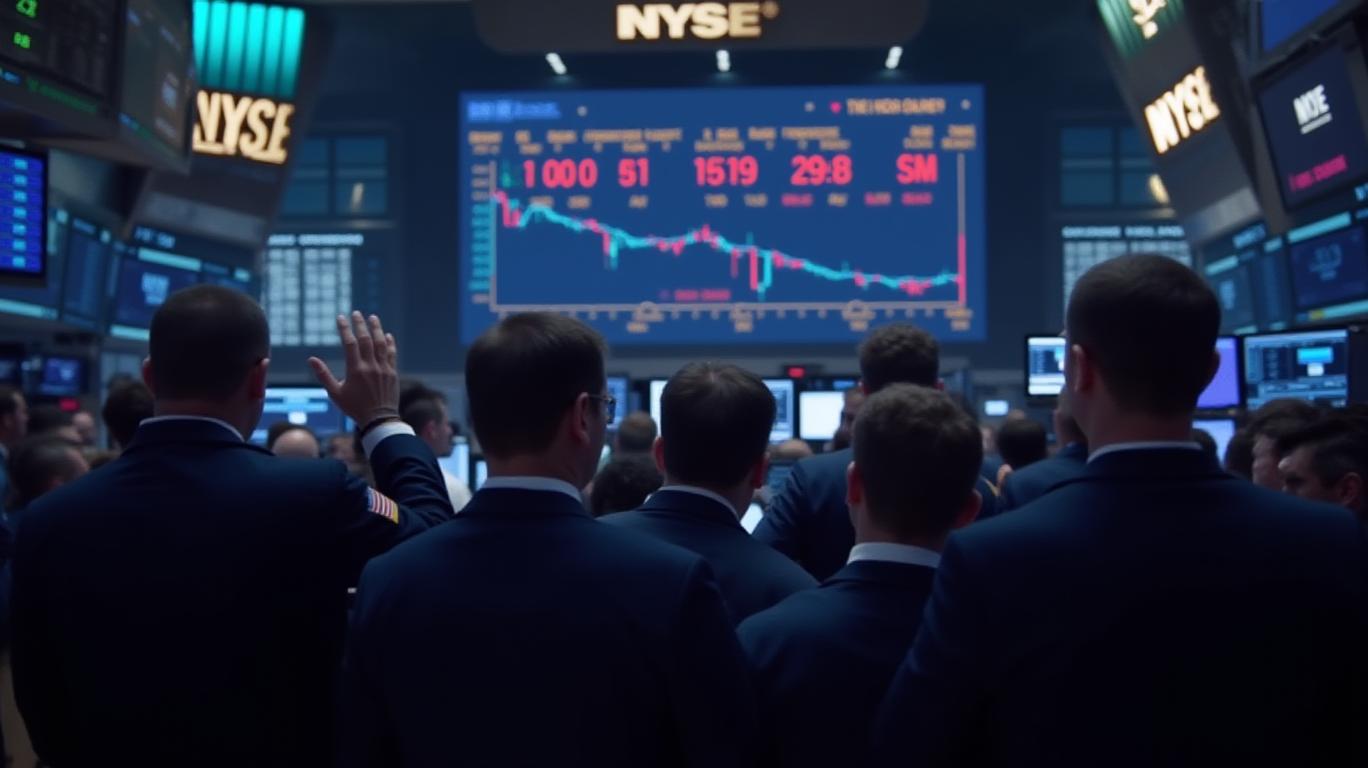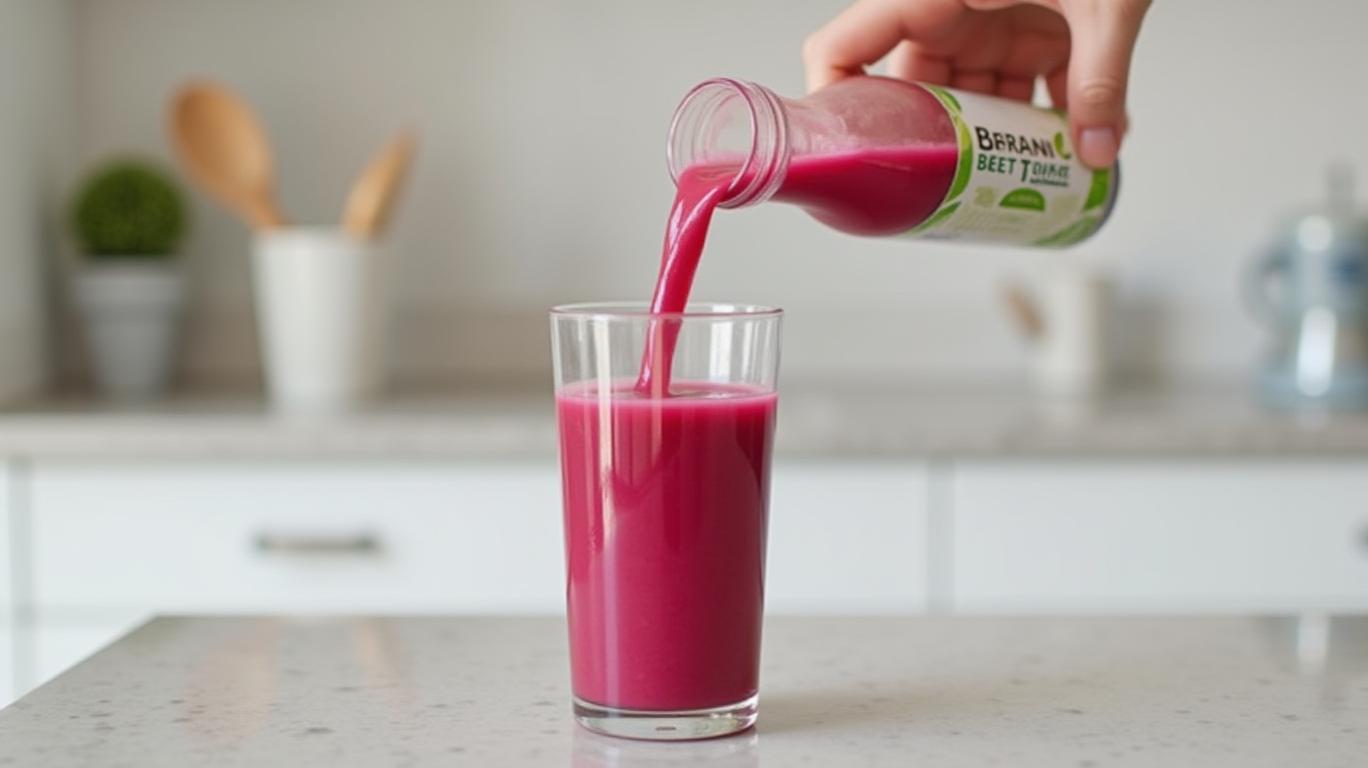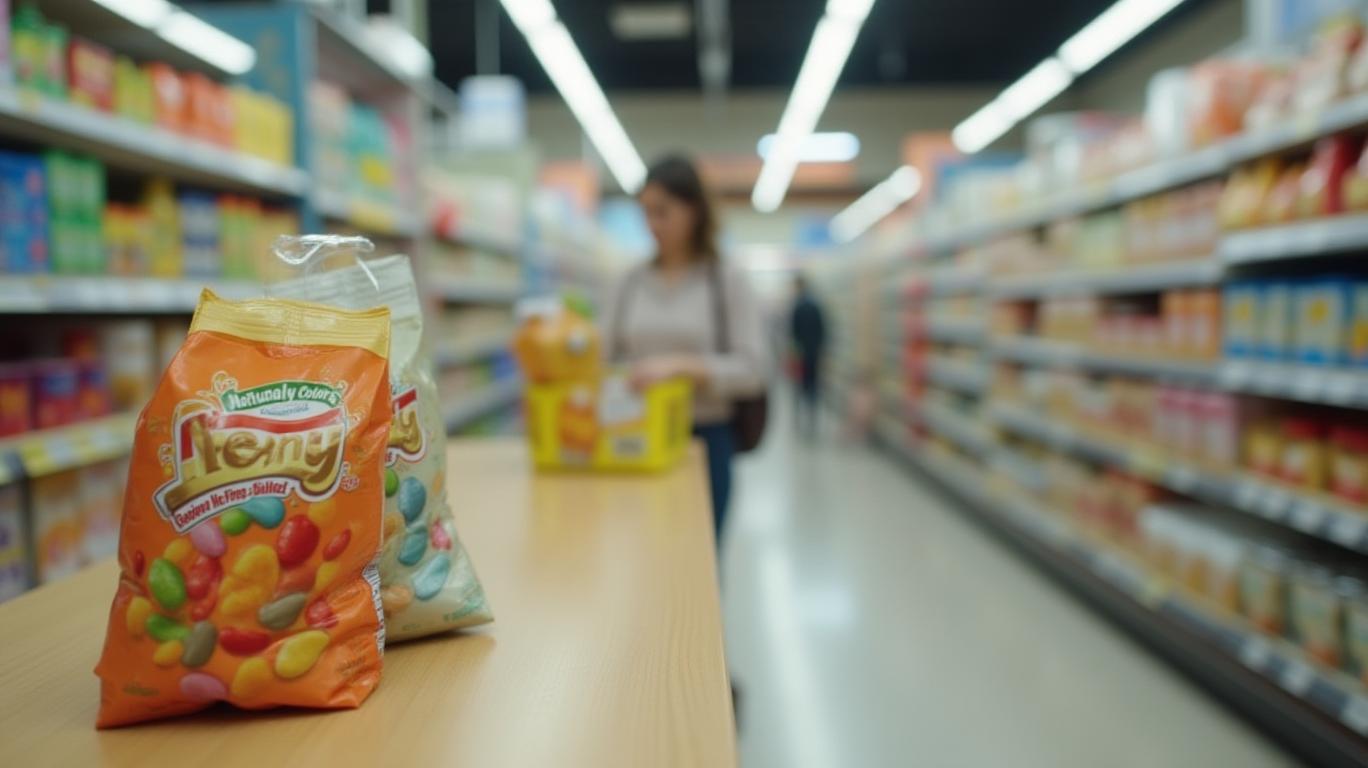The Dyeing Days of Synthetic Food Additives: RFK Jr.'s Regulatory Push and Its Investment Implications
The U.S. food industry is on the brink of a seismic shift. Robert F. Kennedy Jr., now at the helm of the Department of Health and Human Services (HHS), has launched an aggressive campaign to eliminate petroleum-based synthetic food dyes by early 2026—a deadline that could redefine the $2.1 trillion U.S. food and beverage market. This regulatory push, part of his broader "Make America Healthy Again" (MAHA) agenda, targets widely used additives like Red No. 40, Yellow No. 5, and Blue No. 1, citing links to cancer, hyperactivity in children, and neurological harm.

The Regulatory Landscape: Fast-Tracking a Ban
Kennedy’s initiative accelerates the FDA’s prior timeline by seven years, demanding that major food companies—including Kellogg’s (K), PepsiCo (PEP), and Tyson Foods (TSN)—eliminate synthetic dyes by 2026. The move follows bipartisan state actions: Texas has already launched investigations into Kellogg’s for misleading marketing of Froot Loops, while West Virginia will ban seven synthetic dyes by 2028.
The scientific consensus underpinning this push is clear:
- Red No. 3, already banned in cosmetics since 1990, was prohibited in foods in January 2024 due to carcinogenic risks in animal studies.
- A 2021 California study linked synthetic dyes to behavioral issues in children, with 92% of parents now seeking dye-free products.
Kellogg’s stock has underperformed peers like PEP and TSN by 15% since 2023, partly due to regulatory scrutiny over its Froot Loops and lack of progress in phasing out dyes.
Winners and Losers in the Food Industry
Winners:
1. Companies Ahead of the Curve: PepsiCo has already reduced synthetic dyes in products like Doritos, leveraging beetroot and turmeric extracts. Its stock has outperformed the S&P 500 by 8% in 2024.
2. Natural Dye Producers: Companies supplying plant-based alternatives (e.g., carrot juice, spirulina) could see demand surge. The global natural colorants market is projected to grow at a 6.2% CAGR, reaching $2.4 billion by 2030.
3. Food Safety Testing Firms: Third-party auditors like NSF International and Silliker may see increased demand as regulators tighten oversight.
Losers:
1. Laggards in Reformulation: Kellogg’s delayed compliance and reliance on outdated additives have exposed it to legal and reputational risks.
2. Synthetic Dye Manufacturers: Companies like Sensient Technologies (SXT) and Chr. Hansen (CHRH) face shrinking markets unless they pivot to natural alternatives.
Investment Opportunities: Where to Look Now
- Stocks to Watch:
- PepsiCo (PEP): Leading in R&D for natural colorants, with a 2026 target for full elimination of synthetic dyes.
- Tyson Foods (TSN): Already reduced synthetic dye use by 90%, focusing on plant-based solutions.
General Mills (GIS): Pledged to remove synthetic dyes from its cereals by 2025, aligning with MAHA goals.
Emerging Markets:
- The plant-based dye industry is fragmented, but companies like Naturex (subsidiary of Danone) and Chr. Hansen’s NaturColor line are positioned to capitalize.
Risks and Challenges
- Cost Pressures: Reformulating products could increase costs by 10–15%, per industry estimates. Smaller firms may struggle without economies of scale.
- Consumer Preferences: Dye-free products might appeal to health-conscious buyers but could deter those seeking "kid-friendly" vibrant packaging.
- Regulatory Delays: Litigation from trade groups like the Consumer Brands Association could slow enforcement, though bipartisan state laws are likely to fill gaps.
Conclusion: A Paradigm Shift with Clear Winners
The synthetic dye ban represents a rare alignment of regulatory, consumer, and scientific forces. With over 70% of U.S. states now considering stricter additive laws and 68% of consumers actively avoiding synthetic dyes (per the 2024 EWG survey), the trend is irreversible.
Investors should prioritize companies that:
1. Are proactively reformulating products (e.g., PEP, TSN),
2. Supply natural alternatives, and
3. Operate in high-margin, health-focused niches.
The clock is ticking: by 2026, the $2.1 trillion U.S. food market will look fundamentally different. Those who anticipate this shift—and the regulatory, consumer, and competitive dynamics behind it—are poised to profit.
In this new era, the winners will be those who dye—or rather, adapt—best.










